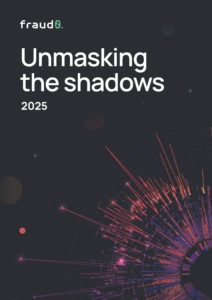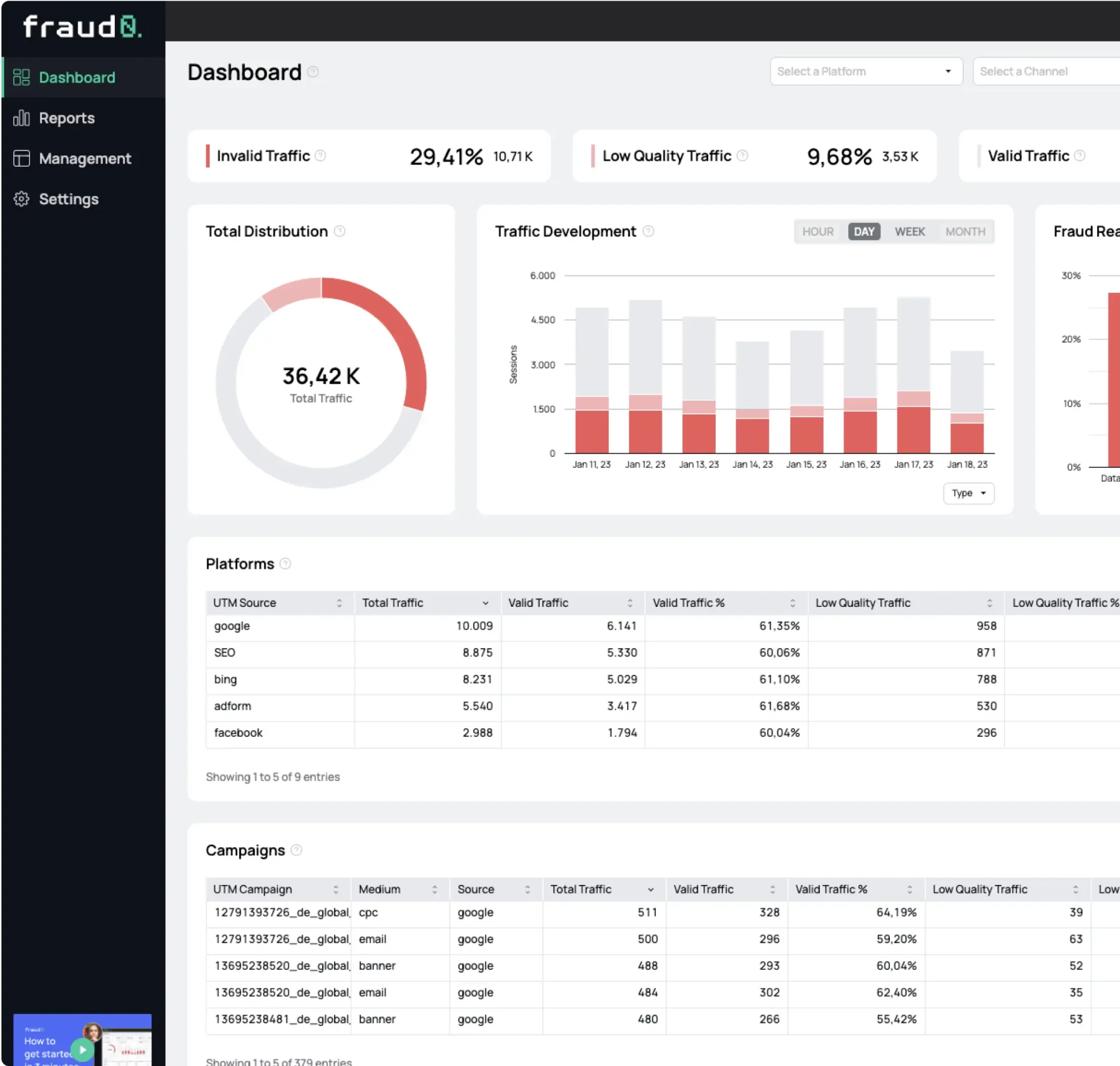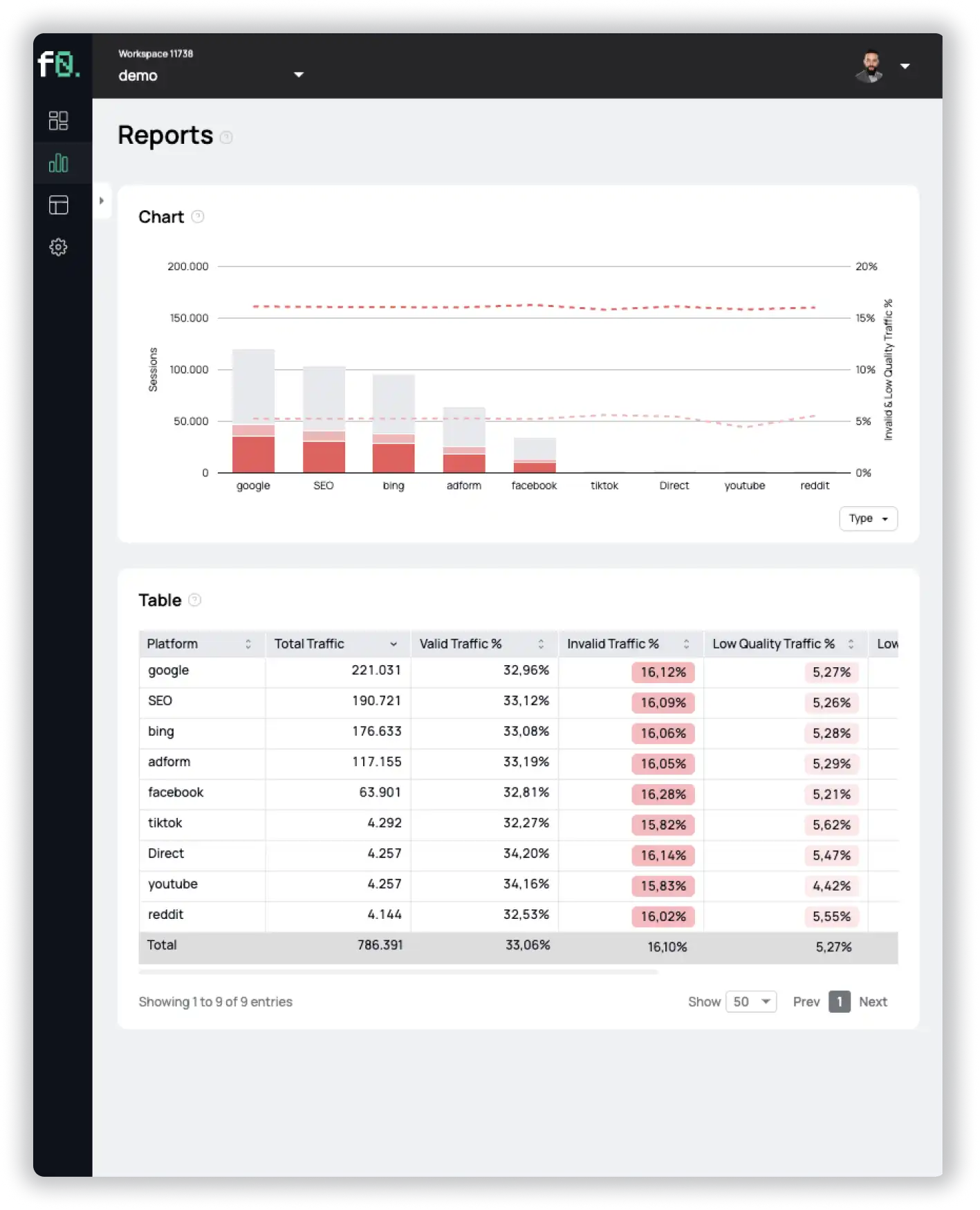- Blog
Ad Fraud in Mobile Apps: Are Your Impressions Real?


How many mobile apps do you use every day? Let’s do a quick thought experiment together.
Most people can easily list a few, but once they reach 5, 6, or 7, they start slowing down. In fact, most struggle to name even 10 apps they use every single day. But here’s the kicker: there are millions of apps on Google Play and the Apple App Store.
So, how many of those apps do you think are genuinely being used by millions of people for billions of hours? The reality is, not many. In fact, only a handful dominate our daily lives.
Now let’s throw advertising into the mix. Think about all those apps – and the millions of ads being served within them. Are these ads being seen by real people or are they just floating around in the digital ether, unviewed? Let’s apply a little common sense here. What are the chances that ads on those questionable apps are being seen by real humans? Sounds a bit far-fetched, right?
We ran a test to show you exactly what’s happening: Ads were served across 1,000 different apps, but here’s the shocking part – a substantial amount of impressions were invalid or non-viewable. In other words, the ads either didn’t appear to anyone or were shown in places where no human could see them.

This is where things get serious: if you’re running a digital ad campaign, you need to know where your ads are truly being displayed and whether you’re the victim of ad fraud. No one wants to waste precious ad budget on phantom impressions.
The good news is, there are ways to fight back. One powerful method is by using inclusion lists, which we’ve talked about in-depth in a previous article. By taking control of where your ads show up, you can ensure that your campaigns are reaching real humans and driving real results.

See what’s hidden: from the quality of website traffic to the reality of ad placements. Insights drawn from billions of data points across our customer base in 2024.
1%, 4%, 36%?




